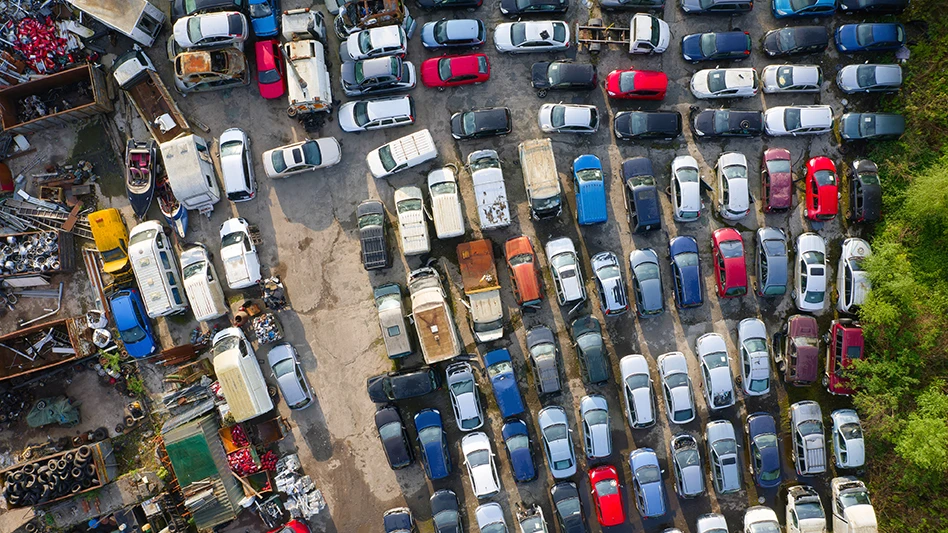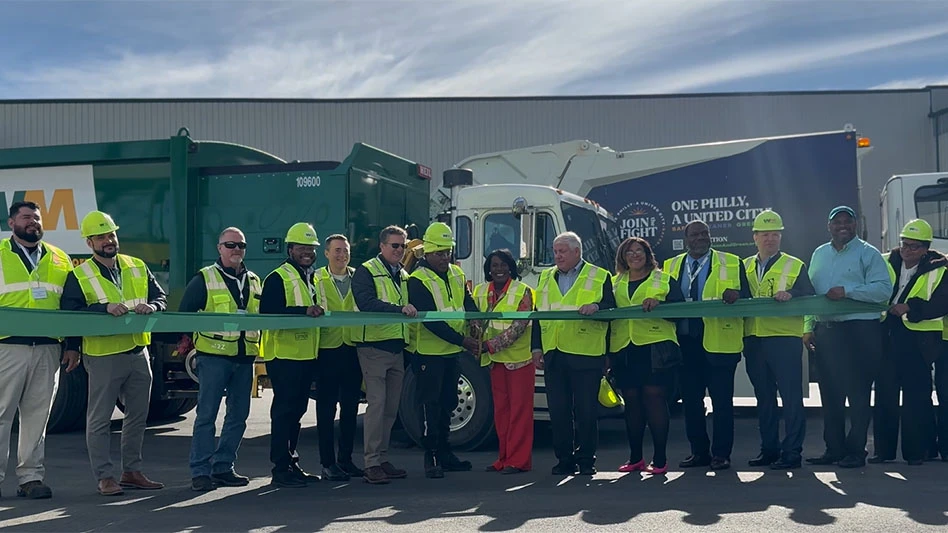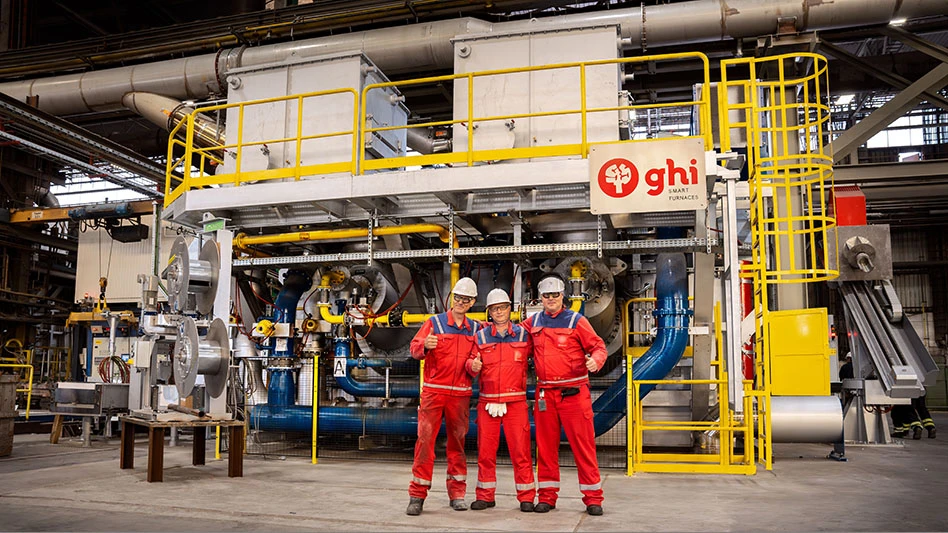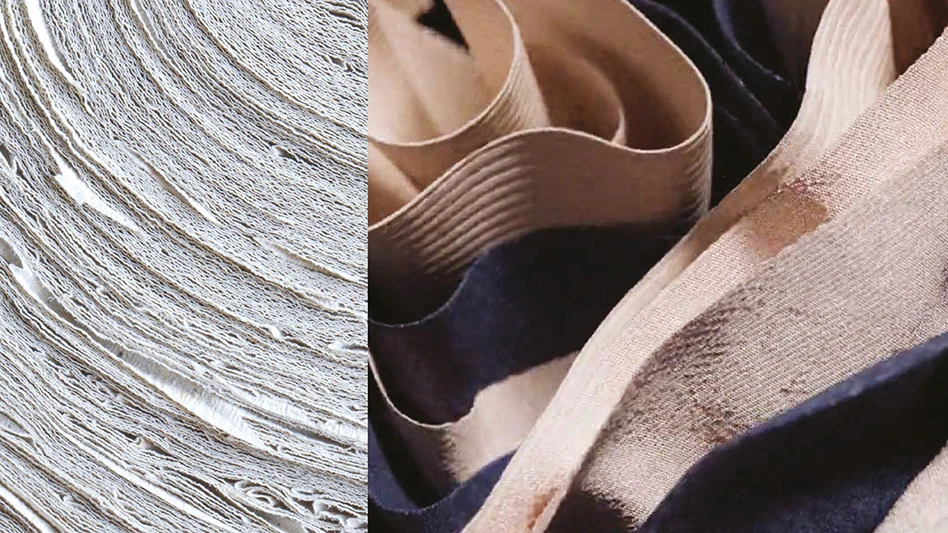
Richard Johnson | stock.adobe.com
In any industry, standardization helps maintain efficiency, quality assurance and compliance.
In the automotive recycling industry, standardization always has been a collaborative process. Groups such as the Manassas, Virginia-based Automotive Recyclers Association (ARA), the Georgetown, Texas-based United Recyclers Group LLC (URG) and Team PRP are made up of working auto recyclers that have aimed to develop operating standards of their own.
Earlier this year, ARA and URG announced an official merger of ARA’s Gold Seal standard and URG’s 9000 certification program, focused on quality assurance.
On the heels of this announcement and in collaboration with Team PRP, the three organizations published a uniform set of parts preparation and shipping standards for the automotive recycling industry. These standards will serve as a benchmark for the developing Gold Seal Quality Assurance Certification program, ushering in an era of industry accordance.
Staying gold
The merged Gold Seal Quality Assurance Certification program aims to create a unified framework to ensure customer service, part quality and reliability across the automotive recycling industry.
Shannon Nordstrom, chair of ARA’s Certification Committee and current ARA second vice president, says collaboration between ARA and URG had been on his radar for years.
“I thought it was important, in my leadership position, that we explore the idea of one industry certification,” he says.
As both groups worked independently over the years to gain traction and secure stakeholders for their respective certification programs, Shannon says it made sense for the two organizations to come together and see what they had in common.
ARA’s Gold Seal Program was established in 1997 to ensure customer service and part quality for all ARA-Certified Auto Recyclers (CAR). The program aims to maintain quality assurance protocols and measure how recycled original equipment (ROE) parts are being delivered to customers.
Prior to becoming ARA-certified, Shannon Nordstrom’s company, Garretson, South Dakota-based Nordstrom’s Automotive Inc., mainly operated an auto repair business, selling previously wrecked, repaired vehicles. After reviewing ARA’s certification programs, Shannon Nordstrom identified a guide to elevate his family’s business.
“[The certification program] creates the roadmap for a business to get the marks on the things that are important to run a professional automotive dismantling and recycling business,” he says. “With any business you need a set of guidelines. … If you’re going to grow, it has to be understandable, measurable and repeatable.”
Today, Nordstrom’s Automotive is a professional automotive parts business, selling ROE, remanufactured, original equipment manufacturer (OEM) surplus and aftermarket parts. The business has grown from five to 80 employees since 1988.
URG’s 9000 certification references the International Organization for Standardization (ISO) 9001 standard, which focuses on customer satisfaction through quality assurance protocols, as well as ARA’s CAR certification.
“We’re not competing against each other or thinking that there's some sort of a rivalry between the two, because at the end of the day, we both do many different things, [so] why don’t we see what we can come together on?” Shannon Nordstrom says.
The Gold Seal Quality Assurance Certification program is in the works, with the two organizations still needing to make final legal decisions, though Shannon Nordstrom says terms have already been agreed upon.
The guiding committee will be formed from both organizations with equal representation, and the two groups have been working with an independent contractor to build out the program using shared resources.
“By the vision we have now, ARA will be the base of the certification. People will join ARA if they want to be involved… and ARA will provide the management of the certification program,” Shannon Nordstrom says. “But you’ll have to be involved in URG also.
“We’ll share the burden of expense and process between the two organizations so that ARA can remain the international standards body as it is, and URG can continue to work on bringing to the table quality assurance and what partners [in the professional collision repair industry and automotive repair industry] are looking for.”
Building trust
The collaboratively published Parts Preparation & Shipping Guidelines began as a benchmark for the Gold Seal Quality Assurance Certification program.
Based on standards developed by PRP-Northeast, the guidelines serve as a living document outlining best practices related to the preparation, shipping and delivery of used auto parts that will be updated as needs arise.
Team PRP Executive Director Jarret Hann says when it comes to selling recycled parts, standardization is necessary.
“Recycled parts removed from used vehicles will naturally have a different look than a new part,” Hann explains. “The northeast Team PRP partners developed the guide for cleaning, inspection, shipping and packaging of parts bought and sold among one another. The guide served several purposes; a training tool, a manner for holding other partners accountable and [as] a tool that helped build trust.”
ARA Executive Director Sandy Blalock echoes this sentiment around building trust within the industry.
“If we all agree to a certain type of standard on the parts and the shipping and everything else, then when our product arrives at our customers door, it's something that they're excited about,” she says. “They know they’re working with a qualified professional that prepared and got these parts ready for use, either on their customers’ vehicles or on their own personal vehicles.”
Blalock says the parts preparation and shipping document came together in about six months after ARA’s Certification Committee identified a need within the Gold Seal program to support parts preparation. ARA already has guidance documents in place for other certification areas, including high-voltage vehicle certification and recall certification. Blalock attributes the relatively short timeframe to the work PRP-Northeast has done over the last decade to develop its own standards.
“We looked at what ARA had, what PRP had, what everybody had, and we put that all together,” she says of the collaboration process.
Hann stresses that the standards were initially developed to promote a uniform product being marketed to end consumers.
“If one partner isn’t investing the time to prepare and package a part they are selling to another member, they are essentially passing on that work and cost to the buyer—it’s a vicious circle,” he says.
The Parts Preparation & Shipping Guidelines also aim to eliminate confusion between providers and consumers about the parts being shipped.
For example, when a dealership orders a new door for a damaged vehicle, it will receive a door shell. All other parts, such as hinges and handles, are excluded, and the repairer will then attempt to salvage original parts from the damaged vehicle and attach them to the new door shell. If the customer needs more than the shell, they must order a door assembly instead.
“We wanted to define the actual parts,” Blalock says. “What comes on a door shell? What comes on an assembly? What do the standards look like when [certain parts] are included with that assembly?
“Part of this is to make sure we’re talking the same language as our customers. Us and our customers are understanding what they’re going to get, and there’s no surprises when those parts show up at their doorstep,” she says.
The Parts Preparation & Shipping Guidelines are publicly available on the URG, ARA and Team PRP websites.
Latest from Recycling Today
- ReElement, Posco partner to develop rare earth, magnet supply chain
- Comau to take part in EU’s Reinforce project
- Sustainable packaging: How do we get there?
- ReMA accepts Lifetime Achievement nominations
- ExxonMobil will add to chemical recycling capacity
- ESAB unveils new cutting torch models
- Celsa UK assets sold to Czech investment fund
- EPA releases ‘National Strategy to Prevent Plastic Pollution’





